Paseo bajo la Luz de la Luna en el Palacio Changdeokgung (창덕궁 달빛기행)
13.8Km 2025-10-23
Yulgok-ro 99, Jongno-gu, Seúl.
1522-2295
Construido en un principio como una residencia real, el palacio Changdeokgung se convirtió en el principal lugar de gobierno durante la dinastía Joseon después de que el palacio Gyeongbokgung fuese destruido durante la invasión japonesa del siglo XVI. Además de su relevancia política, el palacio es reconocido por su arquitectura y su bello entorno natural. En 1997 la Unesco designó al palacio Changdeokgung como Patrimonio Cultural de la Humanidad. Como parte del proyecto de creación de nuevos espacios, el Paseo Bajo la Luz de la Luna del Palacio Changdeokgung ofrece una oportunidad única de presenciar la belleza de los palacios coreanos. Este recorrido comienza en la puerta Donhwamun y continúa durante unas dos horas a través de los pabellones Injeongjeon y Nakseonjae, y el Jardín Huwon.
Insadong Chatjip (인사동찻집)
13.8Km 2025-06-24
33-1, Insadong-gil, Jongno-gu, Seoul
Insadong Chatjip is a hanok teahouse that serves home-made traditional tea. Even the red beans used in the summer delicacy patbingsu
Biblioteca de Seúl (서울도서관)
13.8Km 2022-12-14
Sejong-daero 110, Jung-gu, Seúl.
+82-2-2133-0300
La Biblioteca de Seúl ofrece una amplia variedad de documentos, desde materiales relacionados con la historia, la cultura, el urbanismo, el transporte, el medio ambiente, todo tipos de documentos sobre viajes, hasta informes extranjeros, documentos de investigación, materiales visuales e información electrónica.
Festival de Arte Callejero de Seúl (서울거리예술축제)
13.8Km 2025-10-23
Taepyeong-ro 1-ga 1, Jung-gu, Seúl.
02-2088-4957
El Festival de Arte Callejero de Seúl se realiza en las principales plazas y espacios culturales que conectan las grandes calles y avenidas de Seúl. Diferentes manifestaciones artísticas callejeras encuentran un lugar de expresión en este festival. Desde el año 2003 se celebraba bajo el nombre de Festival Hi Seoul, pero en 2016 cambió por su actual denominación.
Gomguksijib (곰국시집)
13.8Km 2025-05-15
24, Mugyo-ro, Jung-gu, Seoul
Calle de los Cafés de Jeongja-dong en Bundang (분당 정자동 카페거리)
13.8Km 2021-06-08
Jeongja-dong, Bundang-gu, Seongnam-si, Gyeonggi-do.
Es una de las calles más famosas y elegantes de la zona de Bundang. Presenta un ambiente lujoso y elegante como el área de Cheongdam-dong de Seúl, por lo que en ocasiones es nombrada como “Cheongja-dong” (composición de Cheongdam-dong y Jeongja-dong). Siendo una aglomeración de cafeterías con terrazas en su mayoría, poseen un diseño peculiar y atractivo, por la que presenta un ambiente extraordinario. Por los callejones también se encuentra gran cantidad de restaurantes, cafeterías y casas de comida. Es frecuentado tanto por los residentes del barrio como por la gente que llega de otras zonas del paíss. Asemejándose a las cafeterías al aire libre de Europa, durante el día podrá encontrar a personas que disfrutan del café leyendo libro en las terrazas, y, por la noche, gente que sale a pasear. Es uno de los lugares favoritos para las parejas.
Museo Kimchikan (뮤지엄 김치간)
13.8Km 2025-05-26
Insadong-gil 35-4, Jongno-gu, Seúl
Desde su fundación en 1986, el Museo Kimchikan ha expuesto las reliquias históricas relacionadas con el kimchi, los diversos tipos, maquetas de los procesos del preparado, e información sobre la eficacia derivada de su proceso de fermentación. Los visitantes aprenderán sobre el origen y la historia del kimchi a través de libros, pinturas y escrituras antiguas, y los diferentes tipos de vasijas almacenadoras de kimchi junto con los utensilios tradicionales de cocina que se utilizaban para prepararlo. También se exponen diferentes tipos de kimchi característicos en cada región de Corea y espacios para actividades.
K-POP Cover Dance Festival World Final (K-POP 커버댄스 페스티벌 월드 파이널)
13.8Km 2025-10-23
Sejong-daero 110, Jung-gu, Seúl
02-2000-9324
Noche Cultural de Jeongdong (정동야행)
13.8Km 2025-01-21
Sejong-daero 99, Jung-gu, Seúl
02-3396-4623
Dividido en 6 temas, entre ellos “Historias Nocturnas”, “Paisajes Nocturnos” y “Comida Nocturna”; este evento se celebra en diferentes espacios culturales. Algunos de ellos son el palacio Deoksugung, la Primera Iglesia Metodista de Jeongdong, el Museo de Arte de Seúl, el Museo Appenzeller Noble Memorial, el Teatro Jeongdong y la Legación Rusa de Corea. En este evento hay conciertos, funciones callejeras, teatro de títeres y demás espectáculos. También se realizan actividades prácticas relacionadas con el café, la elaboración de relojes de bolsillo y experiencias con vestimenta de principios del siglo XX en Corea.
Imun Seolnongtang (이문설농탕)
13.8Km 2025-08-08
38-13, Ujeongguk-ro, Jongno-gu, Seoul
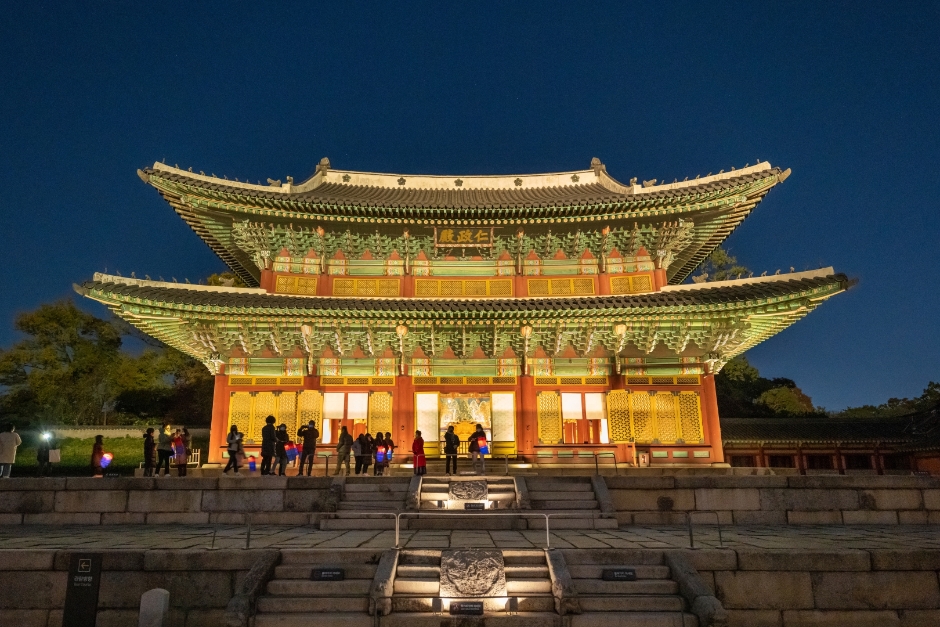

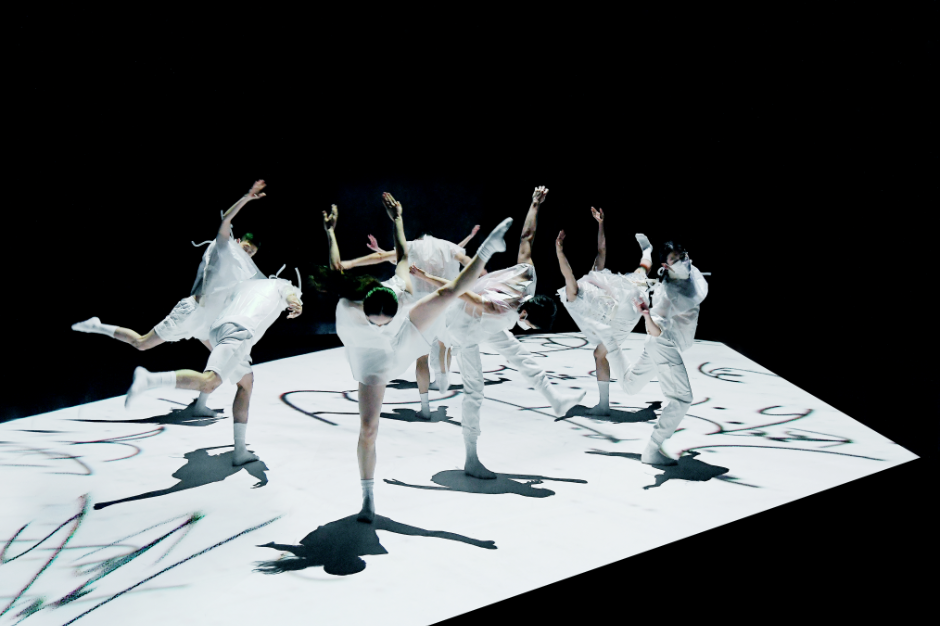
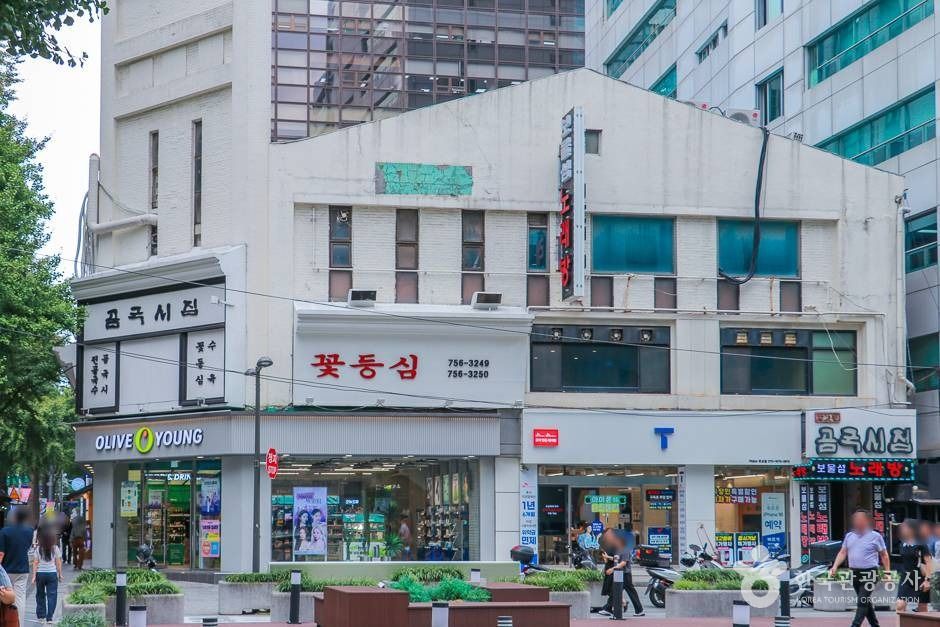
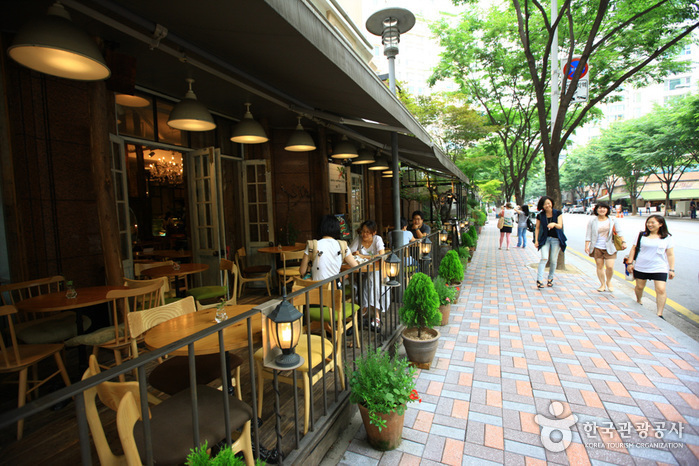

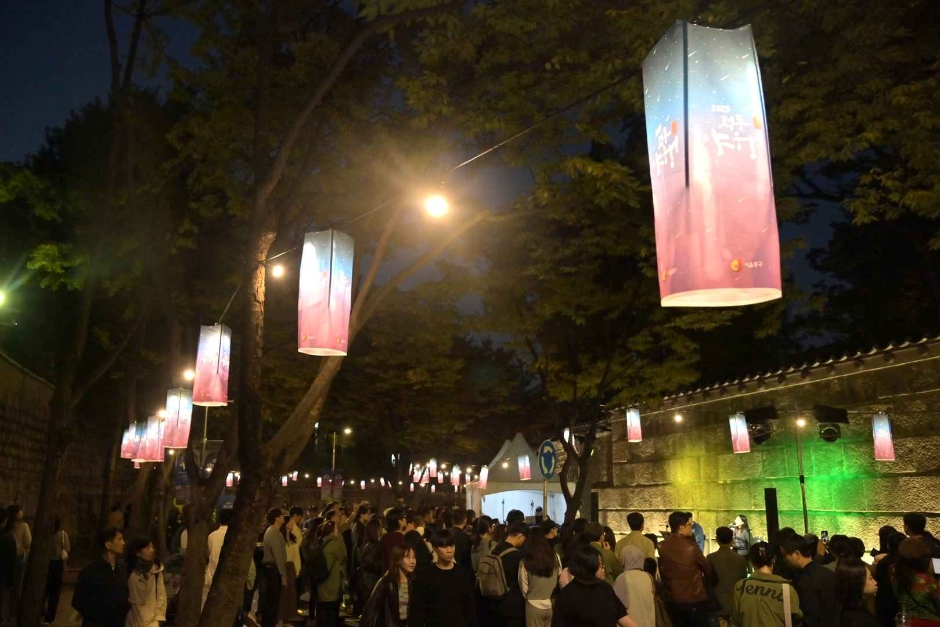
 Español
Español
 한국어
한국어 English
English 日本語
日本語 中文(简体)
中文(简体) Deutsch
Deutsch Français
Français Русский
Русский